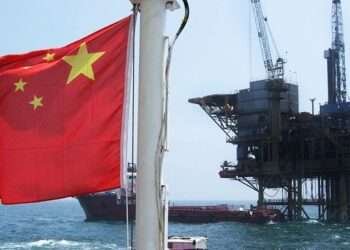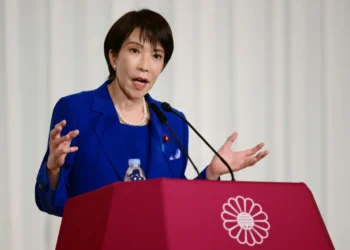The World Bank has stated that the East Asia and Pacific (EAP) region as a whole is expected to grow by only 0.9 percent in 2020, the lowest rate since 1967.
This is according to a recent report released by the World Bank, titled ‘From Containment to Recovery: Economic Update for East Asia and the Pacific, October 2020’.
“the EAP region as a whole is expected to grow by only 0.9 percent in 2020, the lowest rate since 1967.While China is forecast to grow by 2.0 percent in 2020 – boosted by government spending, strong exports, and a low rate of new COVID-19 infections since March, but checked by slow domestic consumption – the rest of the EAP region is projected to contract by 3.5 percent”.
This means that without China, the EAP region is expected to contract by 3.5 percent this year but with the inclusion of China, the region will see a marginal growth of 0.9 percent in 2020.
The report says prospects for the region are brighter in 2021, with growth expected to be 7.9 percent in China and 5.1 percent in the rest of the region, based on the assumption of continued recovery and normalization of activity in major economies, linked to the possible arrival of a vaccine.
However, output is projected to remain well below pre-pandemic projections for the next two years.
“The outlook is particularly dire for some highly-exposed Pacific Island Countries where output is projected to remain about 10 percent below pre-crisis levels through 2021”.
According to the World Bank, the COVID-19 pandemic has delivered a triple shock to the developing EAP region: the pandemic itself, the economic impact of containment measures, and reverberations from the global recession.
The World Bank indicated that even though the COVID-19 has originated from the EAP region, it has to date suffered less from the disease than other parts of the world.
The World Bank explained that those countries that have contained the spread of the disease to date used a combination of stringent mobility restrictions, extensive testing-based strategies, and information programs to encourage precautionary behaviour.
However, the Bank pointed out that the pandemic and efforts to contain its spread led to a significant curtailment of economic activity. Country outcomes were generally related to how efficiently the disease was contained and how exposed countries were to external shocks.
“Output in China contracted by 1.8 percent in the first half of this year and by 4.0 percent on average in the rest of the region”.
The Work Bank further indicated that the COVID-19 shock is not only keeping people in poverty, but also creating a class of ‘new poor’.
“The number of people living in poverty in the region is expected to increase by as many as 38 million in 2020 – including 33 million who would have otherwise escaped poverty, and another 5 million pushed back into poverty – using a poverty line of $5.50/day (2011 PPP)”.
Additionally, the Bank stated that the employment and earning impacts of the pandemic have been large and widespread.
“Firm sales in some EAP countries were 38 to 58 percent lower in April or May 2020, compared to the same month in the previous year. Larger firms seem to be recovering faster than small and medium-sized enterprises – with SMEs both more vulnerable to the crisis and less able to adapt by going digital. Both wage employees and those working in family businesses have experienced significant income declines”.
Even with this increased spending, the report found that in some countries, assistance has so far reached less than one-quarter of households whose incomes fell and only 10-20 percent of firms reported receiving assistance since the pandemic began.
School closures due to COVID-19 could result in a loss of 0.7 learning-adjusted years of schooling in EAP countries, according to analysis in the report.
“As a result, the average student in the region could face a reduction of 4 percent in expected earnings every year of their working lives”.






















